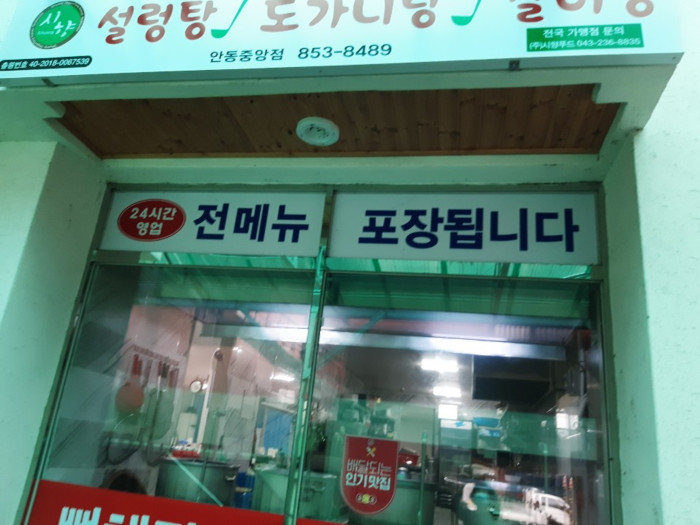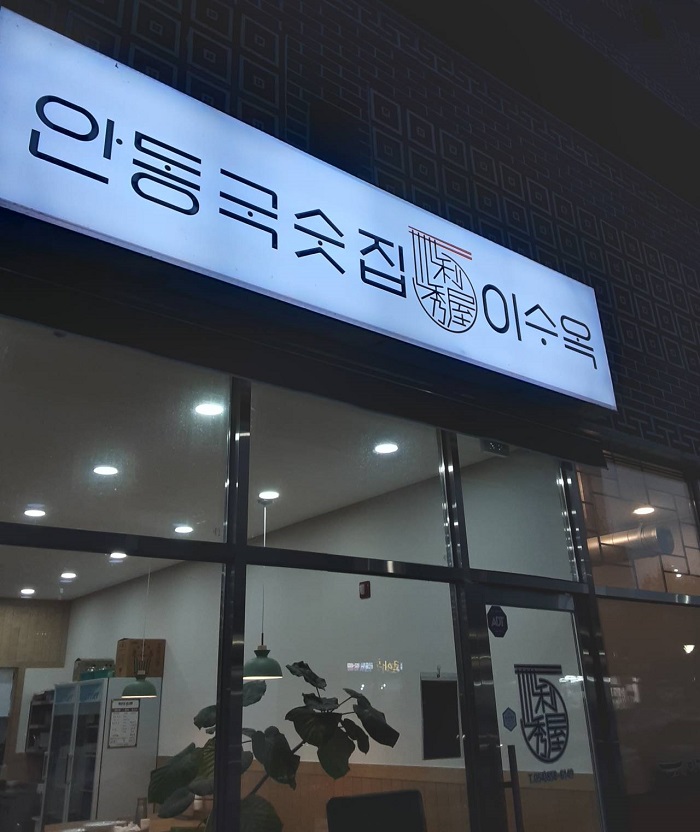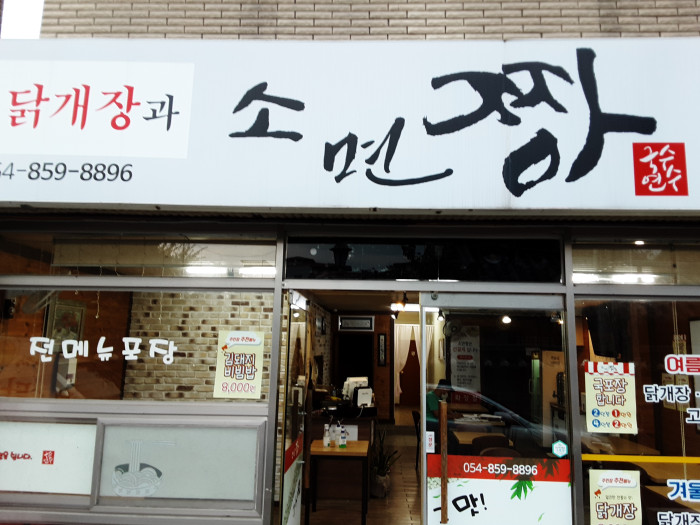Jeongjae Head House [Korea Quality] / 정재종택 [한국관광 품질인증]
Published 2018-05-03 Updated 2023-10-24 View 7777
We provide various information such as the website, contact information, usage information, and location (map) of Gyeongsangbuk-do Andong-si, Jeongjae Head House [Korea Quality] / 정재종택 [한국관광 품질인증] using public data of Korea Tourism Organization.
Boasting more than 300 years of tradition, Jeongjae Traditional House is the head house of Ryu Chi-myeong (pen-name: Jeongjae), who inherited the study of Togye Yi Hwang (1501-1570), one of the two most prominent Korean Confucian scholars of Joseon. The old house features the characteristic construction elements of a Joseon hanok, including the stylobate, wooden pillars, toenmaru (the narrow wooden porch running along the outside of the building), tiled roof, and other structures, and commands an open view of Imha Lake. The house was originally built by Ryu Gwan-hyeon, the great-great-grandfather of Ryu Chi-myeong, in 1735 (the 11th year of the reign of King Yeongjo of Joseon) in the village of Handeul in Imdong-myeon, Andong-si, Gyeongsangbuk-do, but it was relocated to the foot of Guamsan Mountain in 1987 when Imha Dam was built and the surrounding area was submerged as a result. The house consists of the daemunchae (gate building), jeongchim (a ‘ㅁ’-shaped house with a tiled roof), haengnangchae (servants’ quarters), a shrine, and a pavilion. The sarangchae (men’s quarters) is clearly visible, while the anchae (women’s quarters) is concealed within the house. The sarangchae has a sarangmaru (wooden floor), a large sarangbang room, a small sarangbang room, and there is a small maru between the two rooms. The buildings of the sarangchae and anchae are clearly divided into segregated spaces for men and women according to Confucian tradition. The anchae has a daecheongmaru (large wooden floor) in the middle; a main room, kitchen, and toilet on the right; and a numaru (upper floor) and sangbang (upper room) on the left. The small side door of the main gate links to the door by which to enter the anchae, which has a small vegetable garden. Manujeong Pavilion (Gyeongsangbuk-do Cultural Heritage Material No. 37) is a half-hipped roof building with single-layered eaves located on the left side of the house outside the main gate. It is the place where Ryu Chi-myeong used to teach his students, and consists of a large maru and a guest room. The pavilion is also surrounded by the beautiful scenery of Imha Lake, mountains, and chestnut trees. Jeongjae Traditional House provides two special experience programs: Making Songhwaju, which is the Ryu family’s home-brewed liquor (15 to 18 degrees) made with rice, glutinous rice, yeast, pine needles, and chrysanthemums, led by the owner’s wife (Intangible Cultural Asset No. 20); and Making Tarak, which is a fermented milk drink that has been made by the Ryu’s family for some 500 years. As the recipe for making Tarak is relatively simple, and uses yeast that is usually used to make raw rice wine like Makgeolli, people can easily make it at home. The house also runs a traditional music program designed to show participants how to play the gayageum (Korean zither with twelve strings) and sing Korean folk songs, and stages small concerts.
Telephone
+82-54-822-6205
Homepage
Address [Map]
2661-8 , Gyeongdong-ro, Andong-si, Gyeongsangbuk-do
Search
![Nosongjeong Head House[Korea Quality] / 노송정종택(퇴계생가)[한국관광 품질인증]](http://tong.visitkorea.or.kr/cms/resource/83/3021983_image2_1.jpg)
Nosongjeong Head House[Korea Quality] / 노송정종택(퇴계생가)[한국관광 품질인증]
46-5 , Onhyejungma-gil, Andong-si, Gyeongsangbuk-do
![Fila - Andong Branch [Tax Refund Shop] (휠라 안동)](http://tong.visitkorea.or.kr/cms/resource/20/2888820_image2_1.jpg)
Fila - Andong Branch [Tax Refund Shop] (휠라 안동)
35, Munhwagwangjang-gil, Andong-si, Gyeongsangbuk-do

Sigol Ttukbadgi Sihyang Seolleongtang - Andongjungang Branch (시골뚝배기시향설렁탕 안동중앙)
7, Jungangsijang-gil, Andong-si, Gyeongsangbuk-do

Isuok (이수옥)
38, Cheonnyeonsupdong-ro, Andong-si, Gyeongsangbuk-do

Somyeonjjang (소면짱)
18, Taesa 1-gil, Andong-si, Gyeongsangbuk-do
![Jeongjae Head House [Korea Quality] / 정재종택 [한국관광 품질인증]0](http://tong.visitkorea.or.kr/cms/resource/86/2579486_image2_1.jpg)
![Jeongjae Head House [Korea Quality] / 정재종택 [한국관광 품질인증]1](http://tong.visitkorea.or.kr/cms/resource/87/2579487_image2_1.jpg)
![Jeongjae Head House [Korea Quality] / 정재종택 [한국관광 품질인증]2](http://tong.visitkorea.or.kr/cms/resource/88/2579488_image2_1.jpg)
![Jeongjae Head House [Korea Quality] / 정재종택 [한국관광 품질인증]3](http://tong.visitkorea.or.kr/cms/resource/89/2579489_image2_1.jpg)
![Jeongjae Head House [Korea Quality] / 정재종택 [한국관광 품질인증]4](http://tong.visitkorea.or.kr/cms/resource/90/2579490_image2_1.jpg)
![Jeongjae Head House [Korea Quality] / 정재종택 [한국관광 품질인증]5](http://tong.visitkorea.or.kr/cms/resource/92/2579492_image2_1.jpg)
![Jeongjae Head House [Korea Quality] / 정재종택 [한국관광 품질인증]6](http://tong.visitkorea.or.kr/cms/resource/93/2579493_image2_1.jpg)
![Jeongjae Head House [Korea Quality] / 정재종택 [한국관광 품질인증]7](http://tong.visitkorea.or.kr/cms/resource/94/2579494_image2_1.jpg)
![Jeongjae Head House [Korea Quality] / 정재종택 [한국관광 품질인증]8](http://tong.visitkorea.or.kr/cms/resource/95/2579495_image2_1.jpg)
![Jeongjae Head House [Korea Quality] / 정재종택 [한국관광 품질인증]9](http://tong.visitkorea.or.kr/cms/resource/97/2579497_image2_1.jpg)